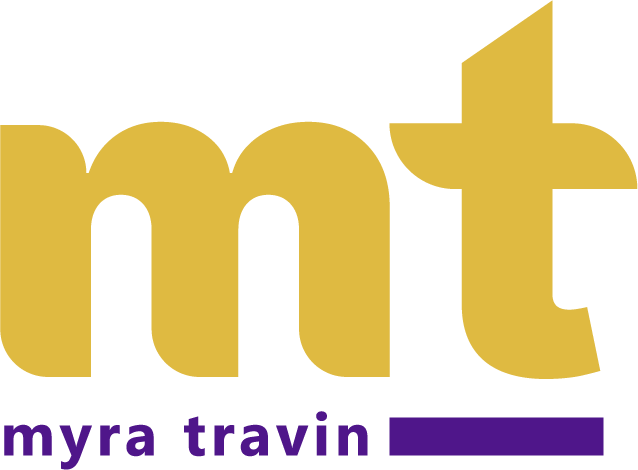Something is rotten in Denmark, and it is not the cheese. As a Learning Architect for the last decade, one thing is really clear to me: Educators keep trying to use an older model of learning and innovate around the technology for its delivery. And Designers keep trying to just get a working prototype in the can, with little learner input. In some ways that makes a lot of sense. The issue is access and delivery, isn’t it? Yes and no. Yes—it does not matter what is given to people to learn with if they can’t access it, but if it fails usability when you can access it—hello, some bad Lynda.com courses—then what is the point? And, it’s also true on the other side:
Technology and innovation is moving much faster than our ability to develop strategies around how to use it. xAPI, analytics, and learning ecologies are leading the field. As an instructor, if you are starting to feel that you can’t keep up—there are too many tools and choices, and when did everything go from creating courses to keeping the entire lexicon of possibilities and resources?—you are not alone. Instructional Design as a field separate from technology is dying. I know that may not be what you want to hear, but if you have looked at current job postings you will see that the LX—learner experience designer—has moved into your house. You just may not have moved out yet.
How else do I know? When I asked a recent grad what she thought of course content in a recent implementation, she replied, “What do you mean by course?”
In the grudge match between UX and ID held in the modern digital Colosseum, IDs will lose. This is not because we do not need to slow the process a bit and understand our learners’ needs or be able to create evaluation case methodology that gives us both accurate ROE and predictive strategies for ongoing formative evaluation. Simply put: If ID slows the process to the point of things not actually being done in realistic time frames, our UX brethren have a decided advantage. They can get things done that people can see and deliver, often on time. Does it matter that the learner is often the last one to really be considered in that equation? If you are an ID you know that lip service is often paid to assessment and evaluation, but technology is almost always the first consideration. If you think about it, that is barn-door-after-the-horse-ish, is it not?
In my latest model, the Learning Ecology Framework, I see development as a co-creation with technology and the learner experience of curated resources as an environment: an ecology that is self-sustaining, not just a series of courses or tools. This is the key to the future for Learning Experience Design. Because code always trumps theory, as they say. A bird—however unusable—in the hand is worth more than a theory in the bush.
Here is where I was yesterday: http://connectionsforum.com/xapi-camp-seattle/ Look for my next post, “Stop Using Courses,” next week. Really. We have to stop it.





